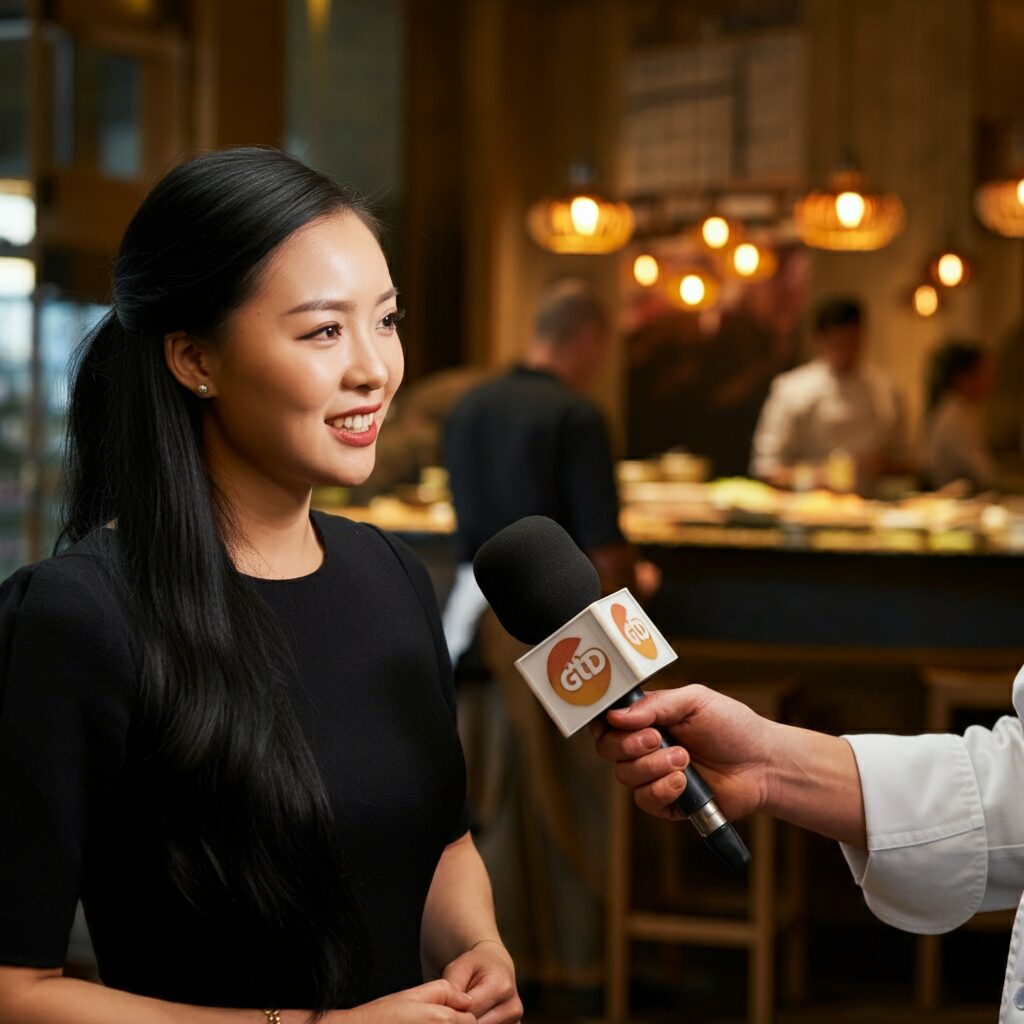
Stepping Back in Time: The Alluring World of Tawaraya Sotatsu’s Sliding Door Paintings at Yogenin Temple
Imagine stepping into a serene temple, the air hushed with reverence, and being met by the dynamic brushstrokes of a master artist. This is the experience that awaits you at Yogenin Temple in Kyoto, home to a breathtaking collection of sliding door paintings (fusuma-e) by the legendary Tawaraya Sotatsu. According to the official Japan Tourism Agency Multilingual Commentary Database, this artistic treasure has been documented, signifying its cultural importance and making it a must-see for art lovers and history buffs alike.
While the specific publication date mentioned (May 31, 2025, at 01:33 AM) in your source likely refers to the digital documentation or update of its information, the artwork itself has been inspiring visitors for centuries. But what makes these paintings so special, and why should you consider adding Yogenin Temple to your Kyoto itinerary?
Tawaraya Sotatsu: A Pioneer of Rinpa School
Tawaraya Sotatsu (active c. 1600-1640) was a pivotal figure in the Rinpa school of Japanese painting. Known for his bold designs, vibrant colors, and innovative use of negative space, Sotatsu revolutionized the art world of the Edo period. He sought inspiration from classical Japanese literature and nature, infusing his work with a sense of dynamism and poetic beauty.
Yogenin Temple: A Sacred Space with a Story
Yogenin Temple is steeped in history, originally built in 1594 to commemorate Toyotomi Hideyoshi’s mother. The temple’s connection to Sotatsu stems from later reconstruction efforts. While details on exactly which fusuma-e at Yogenin are attributed to Sotatsu can be complex (with some attributions being debated and potentially involving his workshop), the significance of the temple as a repository of early Edo period art remains undeniable.
Why Visit? A Fusion of Art, History, and Spirituality
Visiting Yogenin Temple offers a unique opportunity to:
- Witness Masterful Art: Even if specific attributions are debated, the paintings at Yogenin represent the essence of the early Edo period aesthetic and reflect the influence of Sotatsu’s innovative style. The powerful compositions and artistic merit are captivating. Imagine gazing upon expansive landscapes, delicate floral arrangements, or dynamic depictions of legendary figures, all rendered with breathtaking skill and artistry.
- Immerse Yourself in History: Exploring the temple grounds, learning about its rich history, and seeing the fusuma-e within their historical context provides a deeper understanding of the Edo period and the artistic movements that flourished during that time.
- Experience Serenity: Yogenin Temple provides a tranquil escape from the bustling city of Kyoto. The quiet atmosphere and beautiful surroundings create a space for contemplation and appreciation of art and nature.
Planning Your Trip:
- Location: Yogenin Temple is located in Kyoto. Check online for the precise address and directions using public transportation. Kyoto’s public transportation system is excellent, making it easy to reach various attractions.
- Opening Hours & Admission: Verify the temple’s opening hours and admission fees before your visit.
- Photography: Inquire about photography policies inside the temple, as flash photography may be prohibited to protect the artwork.
- Respectful Attire: Remember that Yogenin Temple is a sacred space, so dress respectfully when visiting.
Beyond Yogenin: Exploring More Rinpa Art
If Tawaraya Sotatsu’s work at Yogenin Temple piques your interest, consider expanding your exploration of the Rinpa school. The Kyoto National Museum and other museums across Japan often feature Rinpa art in their collections.
In conclusion, Yogenin Temple, with its historical significance and potential connection (even if complex) to the art of Tawaraya Sotatsu, is a hidden gem in Kyoto. It promises a rewarding experience for anyone seeking to immerse themselves in the beauty of Japanese art, history, and culture. Add it to your Kyoto itinerary and prepare to be transported back in time by the enduring power of artistic genius. So pack your bags, embrace the spirit of adventure, and get ready to discover the mesmerizing world of Tawaraya Sotatsu at Yogenin Temple!
The AI has delivered the news.
The following question was used to generate the response from Google Gemini:
At 2025-05-31 01:33, ‘Yogenin-in – Tawaraya Sotatsu’s sliding door painting’ was published according to 観光庁多言語解説文データベース. Please write a detailed article with related information in an easy-to-understand manner, making readers want to travel. Please answer in English.
418